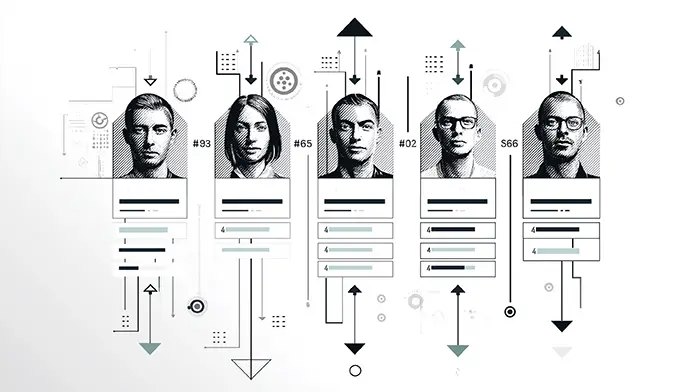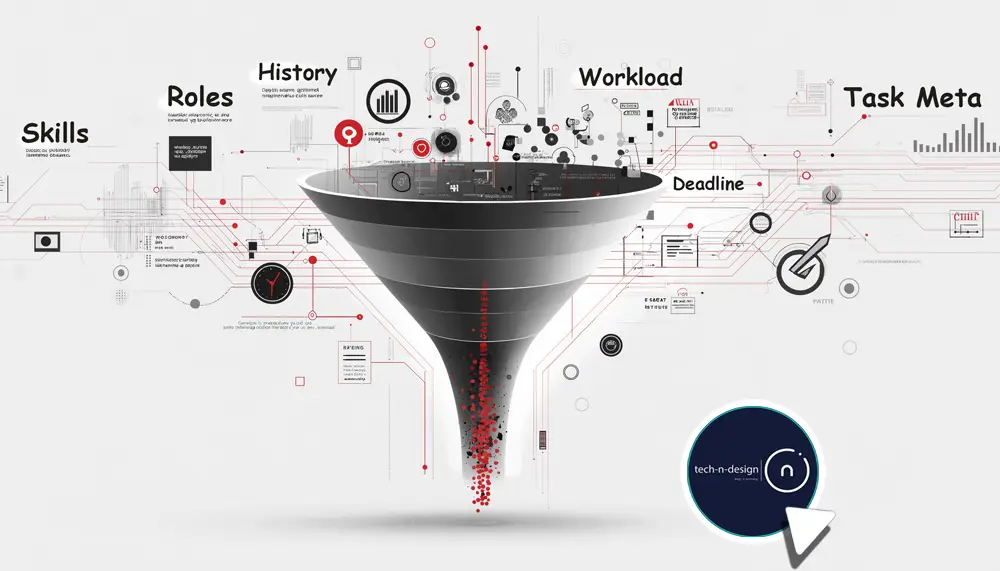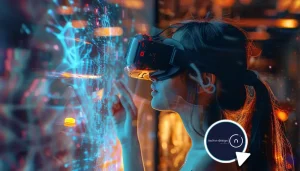AI Task Assignment in Project Software: How AI Chooses the Right Person for the Job
I’ll show you how AI in project-software selects who does a task, how that is evolving for 2026, and how you apply it in your project workflows.
What does AI task assignment mean today?
AI task assignment means a system uses data about your team, tasks and workflow to match tasks with people. It doesn’t randomly assign work. It scores people and tasks then picks the best fit.
How it works: AI reads your team’s skills, availability, and past results. It scores each person against the task. Then it assigns the work or suggests who should do it.
What data drives the matching process?
To get usable matches you need accurate data. For 2026 the level of data richness is rising. Here’s what you should capture:
- Skills and proficiency levels (technical and soft)
- Role definitions and standard responsibilities in your project plan
- Current workload, task commitments, calendar availability
- Task metadata: priority, deadlines, required skills, dependencies
- Historical performance: how fast similar tasks completed, quality score, rework rate
As highlighted by Planview’s article and detailed further in AI tools for project managers, effective AI matching depends on integrating these data sources into a single, consistent model. The more unified your data, the more reliable your AI task recommendations become.

How does AI score suitability in 2026?
The algorithmic approach has matured. You should think in two layers:
Scoring layer
- Skill match percentage
- Availability factor (hours free vs scheduled)
- Deadline urgency factor
- Past performance factor (completion rate, quality)
- Constraint filters (location, tool proficiencies, language)
Optimization/Assignment layer
- Balanced workload across team to avoid overload
- Task-distribution fairness
- Goals: finish tasks faster and pick people most likely to succeed.
In 2026, AI systems will learn from experience instead of following fixed rules. They watch what happens, notice patterns, and get smarter with each assignment.
What’s changed for 2026?
Here are the key evolutions I see:
- AI will connect to all your work tools, e.g., calendars, HR systems, project software. Everything talks to everything.
- Systems will adjust automatically as your team changes. New hire joins? AI learns their skills and adapts.
- You’ll see why AI picked each person. Audit trails and bias checks build trust.
- AI will assign tasks automatically. You can still override when needed.
- Talk to your system instead of clicking. “Assign this to someone who knows Python” and it happens.

How to implement AI task-assignment in your project software
Here’s a step-by-step roadmap I recommend:
Define profiles and tasks clearly
- Create standard skill-taxonomy for your interiors/fit-out environment.
- Define roles and responsibilities in your PM tool.
- Tag tasks with required skills, tools, location, deadline, priority.
Pilot on a single team or project
- Choose a manageable project in your firm.
- Configure the system for skill match + availability + deadline.
- Set success metrics: acceptance rate, on-time completion, quality score.
Integrate data sources
- Sync calendars, timesheets, resource pool data.
- Ensure the system can pull current workload and upcoming commitments.
- Link historical outcome data (past tasks, quality, rework).
Monitor real metrics
Track:
- Assignment acceptance rate (how often people accept AI-suggested tasks).
- On-time completion %.
- Quality metrics or review scores.
- Workload variance (are some overloaded repeatedly?).
- Time saved in assignment process.
Audit fairness and bias
- Compare assignment rates by tenure, location, role.
- Check for overloaded individuals or repeated manual overrides.
- Maintain logs of decisions and reasons.
Iterate quarterly
- Update skills taxonomy and weights (for 2026 your categories may evolve).
- Update the AI with new data or adjust the settings.
- Review dashboard with team feedback and make adjustments.
What pitfalls to avoid?
- Poor data quality → garbage matches.
- Hidden biases (e.g. only assigning certain people) → risk of trust loss.
- Lack of transparency → team pushback.
- Over-automation too early → reduces human control and oversight.
- Ignoring change: team skills evolve, project types change, signal weights shift.

Why this matters for interior-project management and fit-out workflows
I deal with variable teams all the time, each moving at a different pace. Scopes change fast. Deadlines tighten even faster. That’s where AI task assignment earns its place.
What I Can Do Now:
- Assign design work, on-site tasks, or procurement follow-ups in minutes instead of hours
- Stop overloading senior fit-out specialists when juniors can handle the work
- When one installer’s schedule is full, the system immediately spots who’s available.
- Acceptance rates go up, reassignments go down, and schedules stay realistic.
- Build resource plans that scale across multiple live projects
Conclusion
Pick one project starting soon. List five tasks that repeat often. Tag the skills each task needs. Add them to your project software.
Track one metric: how often people accept their assigned tasks. Measure for 6-8 weeks. You’ll have real data to improve your system. That’s how you learn what works for your team.
FAQs
AI scores everyone against task needs. It weighs skill match, current workload, and past performance. Higher scores get priority. You can override any assignment. Start by feeding it accurate profile data and historical project outcomes.
Keep profiles updated with skills, workload, and past results. Clean data equals better matches and fewer wrong assignments.
Check who gets assigned most often. If patterns look uneven, adjust the data or scoring rules. Keep logs for transparency.
6-8 weeks for rule-based systems. 3-6 months for machine learning models that need training data. Start with one small team. Measure time saved weekly. Expand after you prove results on that pilot group.
Not yet. Start with AI suggestions first. Let managers approve or edit them until you trust the system.







